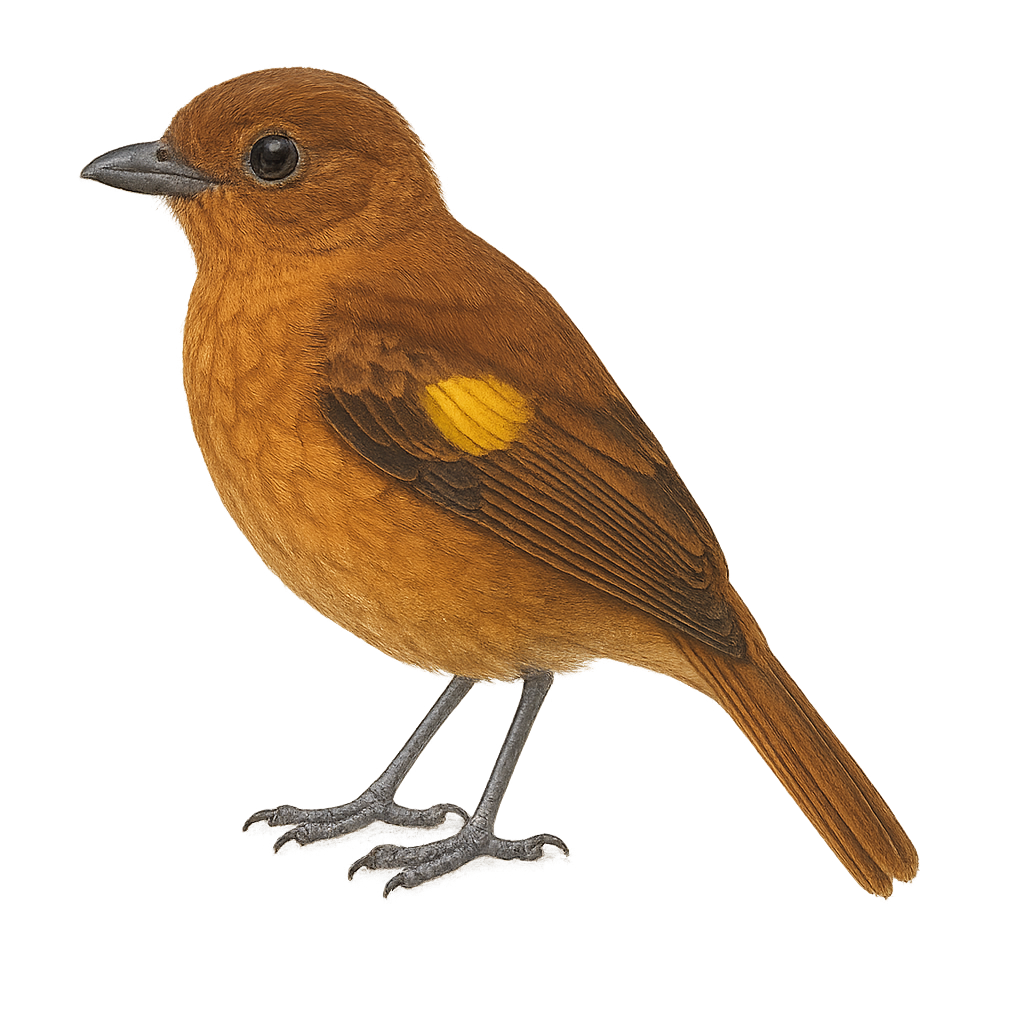Your wildlife photography guide.
Explore the rufous-capped manakin in detail, study its behavior, prepare your shots.
Where to observe and photograph the rufous-capped manakin in the wild
Learn where and when to spot the rufous-capped manakin in the wild, how to identify the species based on distinctive features, and what natural environments it inhabits. The WildlifePhotographer app offers tailored photography tips that reflect the rufous-capped manakin’s behavior, helping you capture better wildlife images. Explore the full species profile for key information including description, habitat, active periods, and approach techniques.
Rufous-capped Manakin
Scientific name: Laniocera rufescens

IUCN Status: Least Concern
Family: PIPRIDAE
Group: Birds
Sensitivity to human approach: Suspicious
Minimum approach distance: 10 m
Courtship display: March to June
Incubation: 18-20 jours
Hatchings: March to July
Habitat:
Tropical rainforests, dense undergrowth
Activity period :
Primarily active during the day, with peak activity in the morning and late afternoon.
Identification and description:
The Rufous-capped Manakin, or Laniocera rufescens, is a captivating bird found in the tropical rainforests of Central America. This small bird, measuring about 15 cm, is notable for its reddish-brown plumage and rufous cap. It is often seen in dense undergrowth, feeding primarily on fruits and insects. The Rufous-capped Manakin is renowned for its elaborate courtship displays, where the male performs intricate dances to attract a mate. Although discreet, this bird plays a crucial role in seed dispersal, aiding in the regeneration of its habitat. Its population is currently stable, but deforestation poses a potential threat to its natural environment.
Recommended lens:
400 mm – adjust based on distance, desired framing (portrait or habitat), and approach conditions.
Photography tips:
To photograph the Rufous-capped Manakin, it is advisable to use a lens of 400 mm or more to capture detailed images without disturbing the bird. Look for it in the dense undergrowth of tropical rainforests, where it is most active during the day. Be patient and discreet, as this bird is suspicious and can be difficult to spot. Use a tripod to stabilize your camera in the low-light conditions of the forest.
The WildlifePhotographer App is coming soon!
Be the first to explore the best nature spots, track rutting seasons, log your observations, and observe more wildlife.
Already 1 431 wildlife lovers subscribed worldwide

